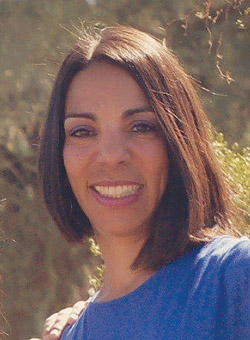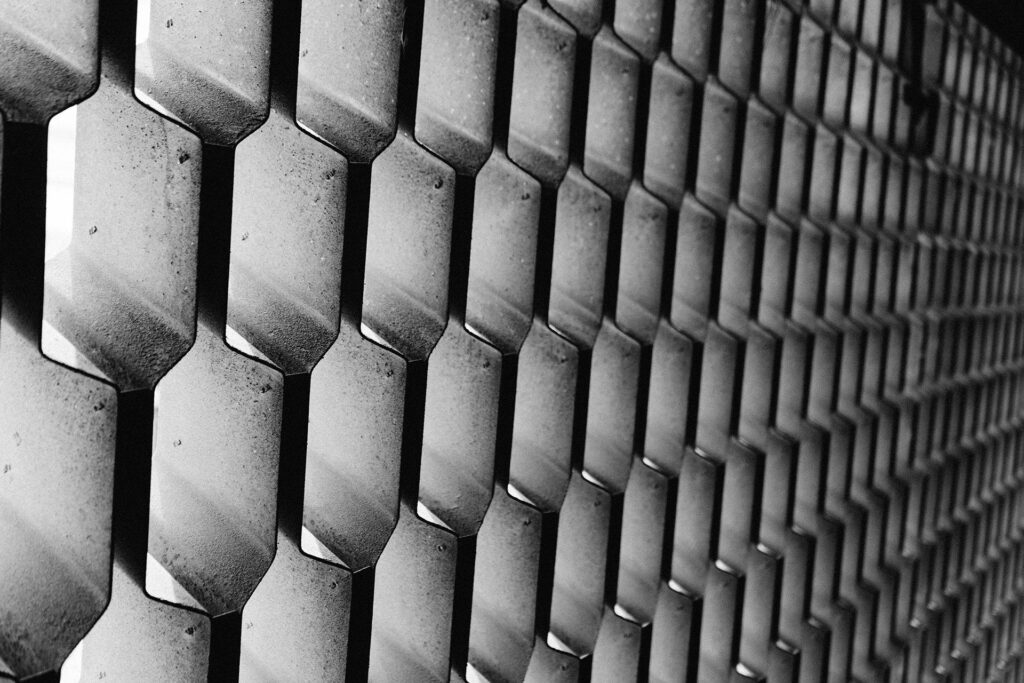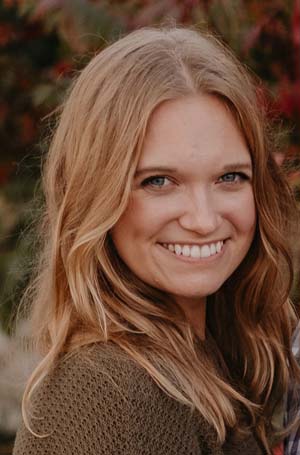Caitlin Feltner

This edition of the series features Caitlin Feltner, a High Voltage Battery Development & Release Engineer in the BEV Hardware Group at Stellantis. Caitlin’s roots were in Novi, Michigan though her college experiences including scholastic internships took her to California, Iowa, North Dakota, and Indiana. She returned to Michigan post-college once she accepted a position with Stellantis.
Although Caitlin grew up in Novi, she attended Northville Public Schools. She is the middle child of three female siblings who all attended college in various fields. She pursued engineering while her older sister graduated in speech pathology. Her younger sister is currently attending college to be a teacher. While her parents are professionals, neither is involved in engineering. Her father is a medical doctor working as a pharmaceutical developer and her mother is an entrepreneurial attorney. Her parents inspired their children to read and innovate. Her parents also demonstrated hard-work ethic. Caitlin’s engineering story started out in 4th grade when she took a math test and scored well. The defining moment was not the ‘A’ that the teacher placed on the paper, but rather the note stating ‘should be an engineer’. From that point, Caitlin had other teachers who continued to encourage her through the years. As a high school freshman, she took an engineering design and drafting course. Later in 10thgrade, she became involved in FIRST (For Inspiration and Recognition of Science and Technology) robotics.
Caitlin knew she wanted to be an engineer during the collegiate application process, though she was uncertain about the discipline within engineering. She opted to enter college as an environmental engineer, which was a subset of Civil Engineering. She chose Purdue because it was highly ranked, affordable, research-intensive, and there were many project-based opportunities. She enjoyed team projects since having exposure to them during FIRST. Although the typical engineering curriculum is 4-years, she attended Purdue for 4 ½ years so that she could experience additional internships.
Caitlin’s first internship was at a paint company during her freshmen year. She was a mechanical engineering intern working on paint processes. She focused on process improvements for paint systems and ovens at an automotive paint supply company working mostly with Audi and Ford vehicles. Pending that assignment, she decided to switch her major to Mechanical Engineering in her sophomore year. She spent time researching the types of jobs available for environmental majors versus mechanical majors and realized that she was most interested in the dynamics portion of mechanical engineering. After her sophomore year, she worked at the John Deere Global Crop Harvesting Product Development Center in Iowa. She was a quality engineering intern for prototype and experimental combines. She enjoyed the hands-on aspect of the job since she was drawn to legos and other building projects during her early years. She had a second internship in Iowa with frequent development trips to North Dakota with John Deere after her junior year. She was in the Product Development Engineering Group, working again with combines. After that point, she realized that her interest level in agricultural equipment had weened and that she was more of a city girl rather than a rural personality.
For her next internship, Caitlin worked in California at Tesla. She worked within the electrical engineering area as a resident engineer. She was focused on the quality of wiring and sensing systems. She dealt with plant issues daily and really liked the fast-paced plant floor environment. As typical in manufacturing, there was always something that did not occur according to plan, and the need to focus attention utilizing problem-solving techniques was ever-present. Her adjective to describe the position was ‘thrilling’, so there is no question that she really enjoyed both the assignment and the environment.
Outside of the internships, I asked Caitlin about her experiences at Purdue, especially in terms of being female. She mentioned that one of the best aspects of her Purdue engineering education consisted of being a part of the Formula One SAE (Society of Automotive Engineers) team. She and her team were able to design and build a race car within a school year, and ultimately raced their vehicle at the Michigan International Speedway. She was particularly involved in the composite material selection for the air frame, wings, and side pods. Speaking to the female portion of her collegiate experience, she indicated that females comprised about 25% of her mechanical engineering classes. She never felt like there were gender issues, though she did note that the majority of the females were of international descent and that there were not many young, blonde Caucasian students like herself in the engineering programs.
After undergrad, she had several job opportunities from the companies where she previously interned. She again wanted the excitement of working within the automotive industry and chose to work at FCA (now Stellantis), in part because she had personal reasons to locate within the Ohio/Michigan area. Additionally, Caitlin mentioned that she is a die-hard Jeep fan; she loves the brand and specifically the Wrangler name plate. She has now been at Stellantis for five years. In her first 1 ½ years, she worked as a triage engineer. In this assignment, she was responsible for analyzing failed parts and determining the root cause for active chassis-related components, wheel speed sensors, and engine systems parts. She gained exposure to powertrain and electrical systems within the vehicle. She was interested in the assignment and employing her ME skills, but also still had an interest in environmental systems as well as working on problems in which there were yet no solutions. One of her mentors then introduced her to the electrified powertrain group. She met an area manager who suggested that she work in this area because they are developing new high voltage battery products to address unsolved problems. As the job hit her key interest points, she took on a new role as a high voltage battery system hardware design release engineer. She has been in this group for nearly 4 years and still loves it. She likes the environmental focus, complex systems, and the innovative necessity. She is currently working on a Maserati electrification project and has become very passionate about energy storage.
In December 2020, Caitlin received her Masters of Engineering in Systems Engineering through Cornell University as a part-time graduate student working full-time at Stellantis. Through Cornell, she was able to publish two papers as a co-author through Cornell University titled ‘Data Driven Prediction of Battery Cycle Life Before Capacity Degradation’ and ‘Efficiently Evacuating Lower Manhattan’. Caitlin received a Fellowship from Cornell University Systems Engineering for her graduate studies and financial support from Stellantis, making the choice to pursue her masters at Cornell very easy. Additionally since graduation from undergrad at Purdue University, Purdue Research Foundation pursued a past project of Caitlin’s and published US Patent Application Number: 16/013,645, ‘Strength and Endurance Training System’, where Caitlin is a co-inventor.
Outside of job activities, Caitlin was on the Purdue recruiting team at FCA. She was also the Society of Women Engineers (SWE) Newsletter Chairperson within Stellantis’s SWE Chapter and held other previous leadership positions within SWE.
In her current group, she is one of only 2 females on a project team of roughly 25 people. Fortunately, she can find additional female camaraderie in the Stellantis SWE group which is comprised of many young females. She said that it is nice to have some female conversation as she is often the only female in her meetings. Being one of the only females has not discouraged her, however, as she strongly recommends that females consider engineering for a collegiate major and career. She believes there to be more independency and freedom in engineering. She thinks engineering offers women a good work/life balance as the hours are not overly demanding. She also loves the aspect of the financial independence at a young age that engineering offers. The field is engaging and challenging and permits a person to think creatively and technically at the same time. As many of the previous Power Women candidates have advised, she also encourages students to stay curious and not worry if they aren’t the smartest kids in the high school class. There is a belief in society that only the super-intellectuals can become engineers but according to Caitlin—there is little accuracy in that idea.
Thank you, Caitlin, for sharing your story and Stellantis, for creating a positive environment for female engineers.
































































